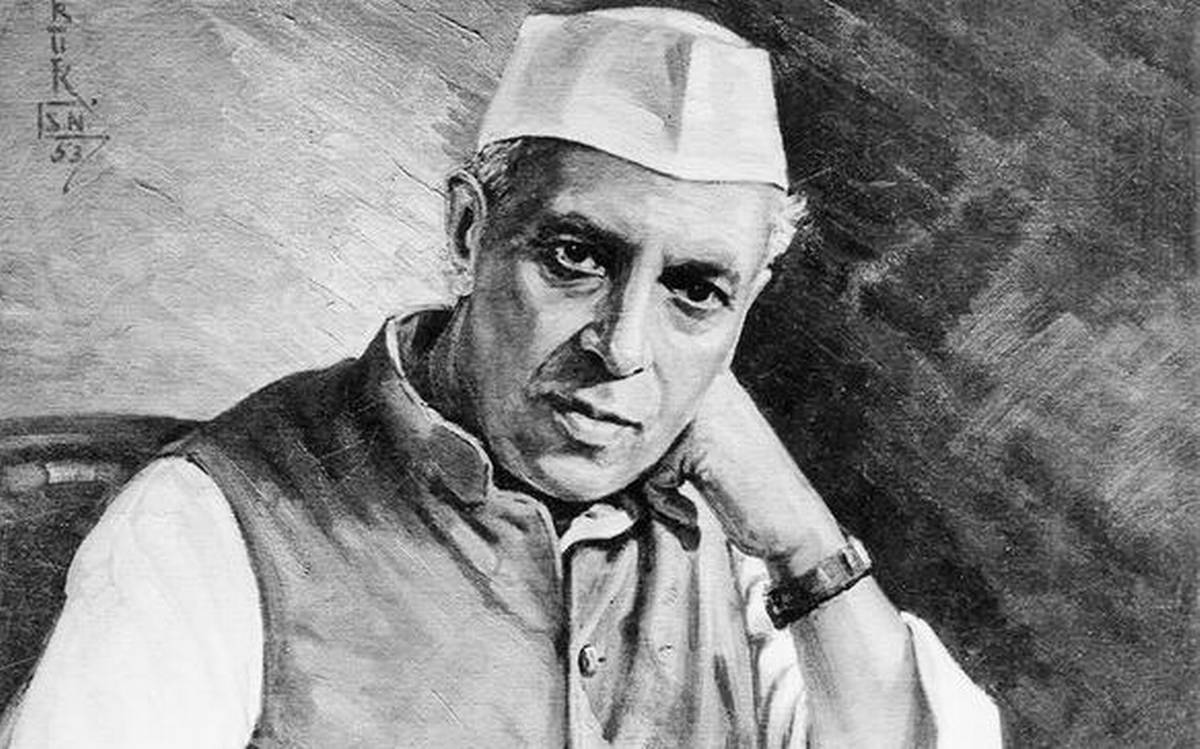To historians of Southeast Asia, the Bandung conference of 1955 presents itself as one of the most striking international initiatives undertaken by newly-independent Indonesia. For historians of Indonesia, it marks the emphasis on foreign as against domestic policy that was associated with Sukarno’s growing dominance.
To biographers of Sukarno, it appears to be both a strategic device in domestic politics and a far-sighted perception of a shift in international relations. Internationally it was both to demonstrate the influence of India and to show its limits. Even more, it was to mark some kind of success for the People’s Republic of China and for Chou En-lai in developing the foreign policy line-associated already with Geneva and the five principles of co-existence.
The idea of Bandung conference was technically conceived in the conference held in Colombo under the leadership of prime minister Sir John Kotelawala in 1954 and the Colombo conference itself was a brighter idea arose from Sir John without any particular reason. Yet, the Colombo conference was rather a platform for the leaders of newly independent states to discuss their common problems and the idea of calling a larger summit for Afro Asian countries was propounded by Indonesian leader Sukarno. He himself proposed the clam city called “Bandung “in Indonesia as the host city of the conference and India’s prime minister Pandith Jawaharlal Nehru played the cardinal role as the protagonist who anticipated to bring his notion of nonaligned principle into the forum of Bandung.
On the other hand, the timing of Bandung was less revealing. Indeed, the conference took place during a period of growing international tension and complexity. The Cold War was in the process of establishing itself as an abiding phenomenon, reaching deep into newly liberated states and non- self-governing territories alike. In the backdrop of such complex political unrest which had started to soar its wings globally, the discontent among the leaders who participated in Bandung was a salient factor and the opening of Bandung diverged its participants into strong ideological convictions.
It was rather obvious that Nehru was dwelling in his idealism driven by his profound sense of resentment towards colonialism as inherently evil and his mission in Bandung stood for achieving two main goals. First was to undermine American cold war interests in Asia as it was represented by the Southeast Asian Treaty Organization (SEATO), which he perceived as a real threat for the neutrality of decolonized countries in Asia. Secondly, he wanted to utilize the Bandung forum to engage the People’s Republic of China as a fellow Asian country regardless of its Communist ideology.
However, Nehru’s motive of softening the path for China to stand among neutral countries was not favourably viewed by some of the leaders participated in the conference. Prime minister of Ceylon Sir John Kotelawala and Carlos.P.Romulo of Philippines were main vocal opponents in China’s standing as a neutral country by virtue of Communist doctrine. From two of them, the voice raised by Sir John Kotelawala was widely trumpeted by Western media as a vehement criticism of the Communism and this compliment was later used by Sir John’s political opponents to describe him as a hardcore follower of the West.
But, the reality stemming from Bandung records indicate that Ceylon prime minister Sir John Kotelwala’s speech echoed more neutrality than Philippines’ Carlos.P.Romulo, who entirely took pro-U.S stances in the conference. Notwithstanding his fame, as an anti-communist fascinated by Western values, Sir John raised the importance of “Asian Values “in his speech at Bandung. Highlighting his Buddhist faith Sir John stressed that the Third World’s “strength” lay in its “weakness.” It was precisely because they were “all poor and underdeveloped” that Third World states could “offer formally [their] services as mediators”.
As a matter of fact, this was an unexpected moment for Nehru who was yeaning to introduce his friend Zhou Enlai to the Afro Asian leaders at Bandung. Nehru with his usual paternal sense of statesmanship approached Sir John at the end of the second-day session and asked Sir John “Why did you do it? Why did not you show me your speech before you gave it?” this remarked sounded like paternal advice of senior statesman in an Asian power to a less scholarly, stubborn prime minister of a lesser-known island. But to the biggest surprise of Nehru, the answer came from Sir John was shocking and coarse as he answered “Why should I? Do you show me yours before you give them?”
The world witnessed by Bandung leaders and the objectives they determined to achieve in 1955 have been altered today with rapid changing dynamics since the fall of the Soviet Union. Also, the camaraderie Nehru reverently admired between his country India and China was marred by the Indo China war which was fought eight years after Bandung conference showing the strength of “realpolitik “than the Nehruvian idealism.
Even today the scepticism existing between China and Indian over the geopolitical issues in South Asia is an intriguing one. In evaluating the role of Sir John Kotelawala of Ceylon, one should always remember that it was his pragmatism and inherent personality factor which boosted his role in a conference dominated by a political giant like Nehru. More importantly, Sir John’s audacity to question a world-leading political ideology and defend his position as premier of a sovereign state before a powerful neighbour like India was an early warning to not take small neighbours for granted.
Mr Eshan Jayawardane is co-author of this article, he is an independent researcher currently lives in Napiers, New Zealand and holds M.A in International Relations from Jawaharlal Nehru University in New Delhi, India.
DISCLAIMER: The views and opinions expressed in this article are those of the author and do not necessarily reflect the official policy and position of Regional Rapport.



